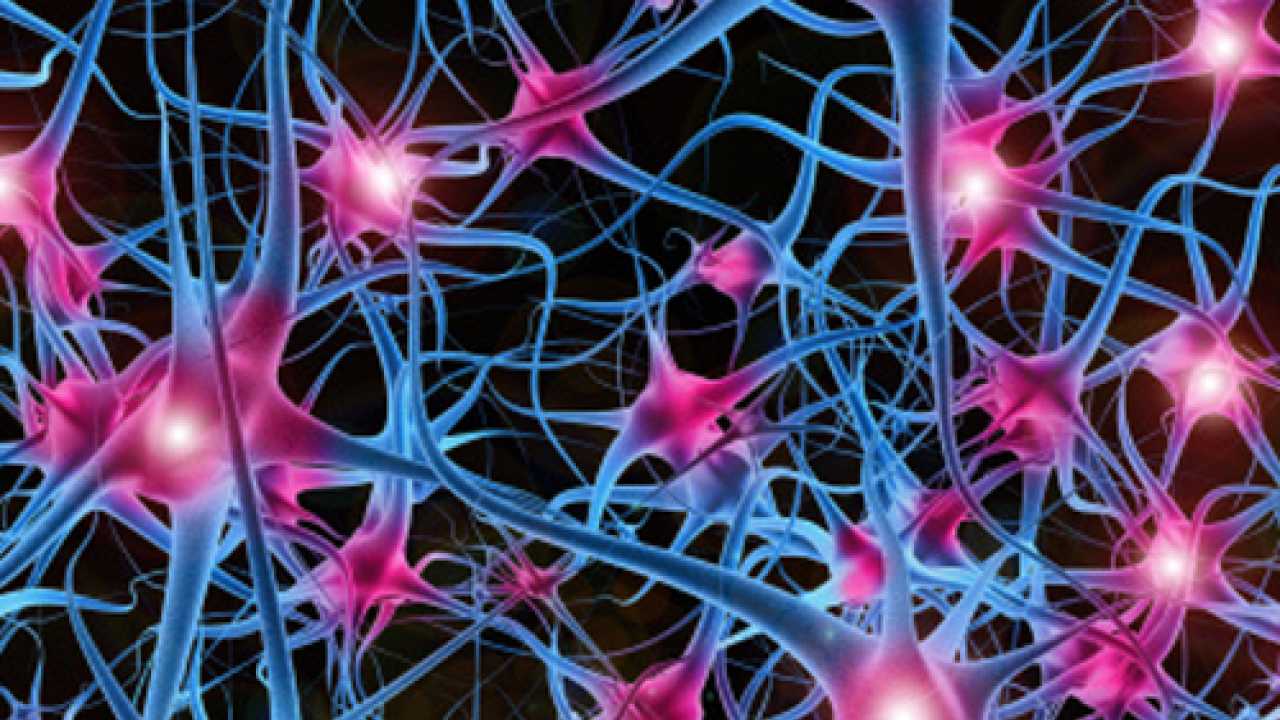
How neurons enable us to behave differently to food smells
- Select a language for the TTS:
- UK English Female
- UK English Male
- US English Female
- US English Male
- Australian Female
- Australian Male
- Language selected: (auto detect) - EN
Play all audios:

A new study which aimed at finding the underlying biological mechanisms that account for our seemingly instant, almost unconscious ability to determine how attractive or repulsive a
particular smell is, has revealed a set of cells in the fruit fly brain that respond specifically to food odours. The team of neuroscientists at Cold Spring Harbor Laboratory (CSHL), found
that the degree to which these neurons respond when the fly is presented different food odours- apple, mango, banana- predicts “incredibly well how much the flies will ‘like’ a given odour.
"We all know that we behave differently to different foods – have different preferences. And we also all know that we behave differently to foods when we are hungry. We wanted to find
the part of the brain that might be responsible for these types of behaviour. Is there somewhere in the brain that deals with food odours in particular? How does brain activity change when
we are hungry? Can we manipulate such a brain area and change behaviour?” the study’s lead author, Jennifer Beshel said. When Beshel and CSHL Professor Yi Zhong examined the response of
neurons expressing a peptide called dNPF to a range of odours, they saw that they only responded to food odours. Moreover, the neurons responded more to these same food odours when flies
were hungry. The amplitude of their response could in fact predict with great accuracy how much the flies would like a given food odour – i.e., move toward it; the scientists needed simply
to look at the responses of the dNPF-expressing neurons When they “switched off” these neurons, the researchers were able to make flies treat their most favoured odour as if it were just
air. Conversely, if they remotely turned these neurons “on,” they could make flies suddenly approach odours they previously had tried to avoid The study is published in the Journal of
Neuroscience.
